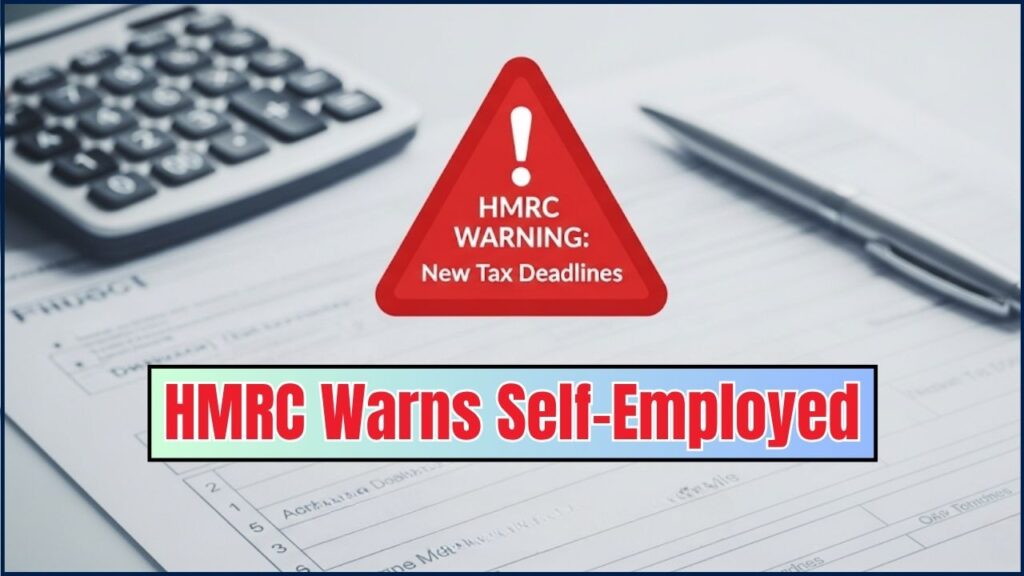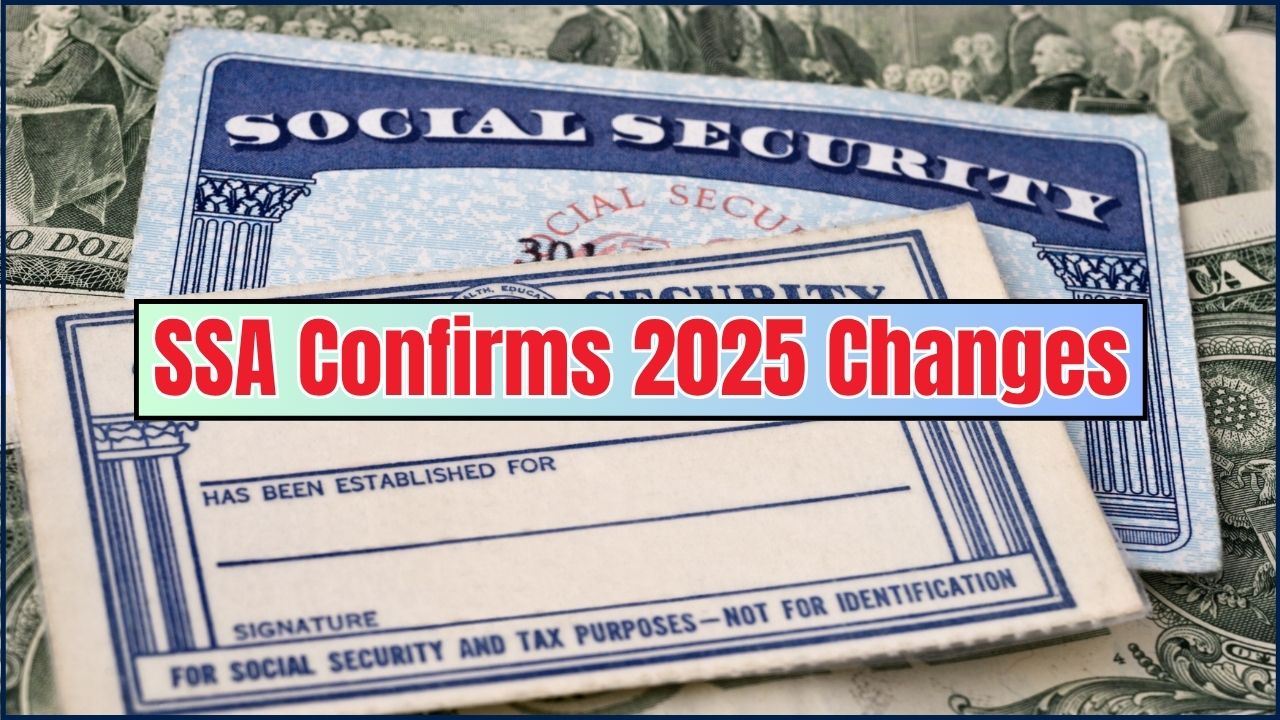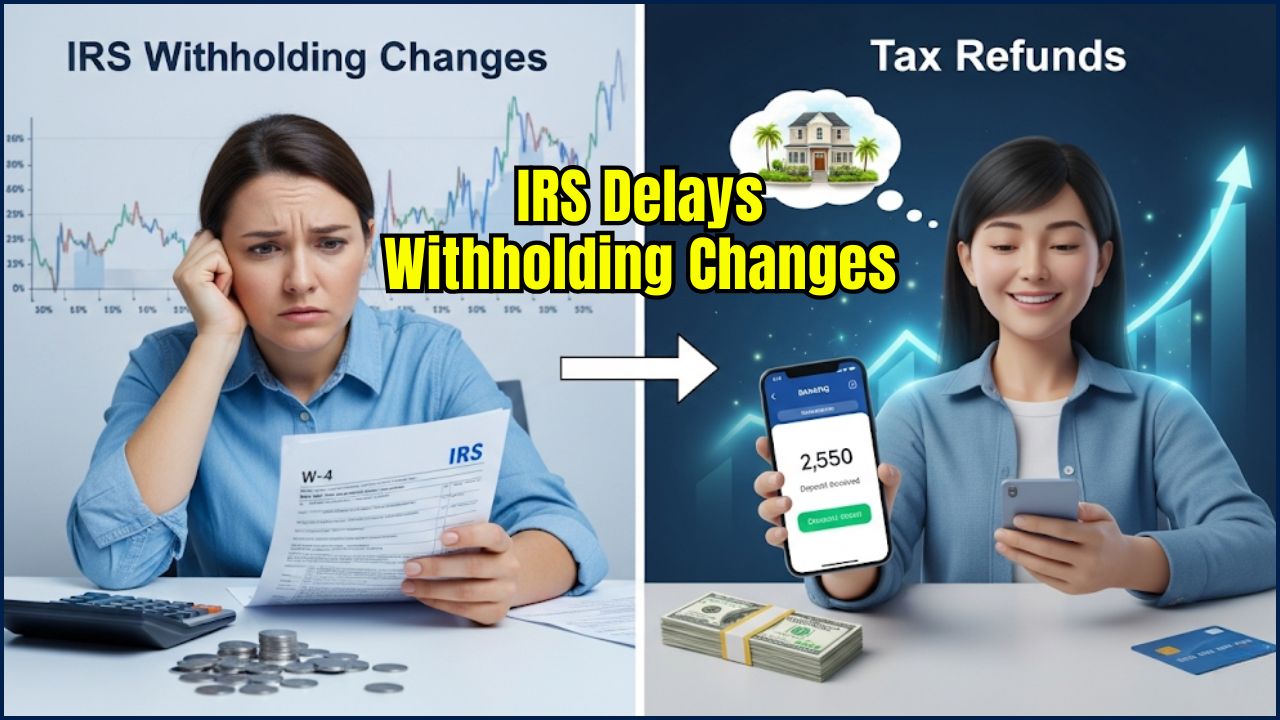If you’re one of the self-employed folks in the UK, or if you’re managing rental income on the side, you need to pay attention to a big change coming your way: HM Revenue & Customs (HMRC) has issued a strong warning that if you miss new tax deadlines, you could face fines up to £900. Yes, you read that right — £900!

It’s all part of HMRC’s plan to move toward quarterly digital tax reporting under the Making Tax Digital (MTD) initiative. While this may sound like another government “tech upgrade,” the impact on you and your business is real, especially if you don’t take the necessary steps to comply.
In this article, we’re going to break down what this means, why it’s happening, and what you need to do to avoid the dreaded fines. If you’ve ever been late with filing your taxes, the last thing you want is to make it worse by missing these deadlines. So, stick with us — this article is for the self-employed and landlords who want to stay on top of their tax game and avoid unnecessary headaches.
HMRC Warns Self-Employed
| Topic | Details |
|---|---|
| Target Audience | Self-employed individuals and landlords with annual income over £50,000. |
| Start Date | New rules apply from April 6, 2026. |
| Key Penalties | Immediate £100 fine for late filing; daily fines of £10 after three months, up to £900. |
| Reporting Period | Quarterly submissions required starting in April 2026. |
| Tools Required | Use HMRC-approved accounting software. |
| Official Website for More Info | HMRC Making Tax Digital |
HMRC’s shift to quarterly tax reporting for self-employed individuals and landlords will require some adjustments, but with the right tools and preparation, you can stay ahead of the game. Don’t wait until the last minute to get familiar with the system. Start digitizing your records, using approved software, and tracking your deadlines to avoid any surprise fines. If you stay organized and informed, you’ll be set to tackle the new rules without breaking a sweat.
What Are These New Tax Deadlines?
For years, self-employed workers and landlords have been filing their taxes annually, usually by the end of January. But as part of the UK’s move toward more efficient, digital record-keeping, HMRC has decided to roll out quarterly tax filings.
Starting in April 2026, all self-employed individuals (those running their own business) and landlords earning more than £50,000 a year will need to report their income and expenses every three months instead of just once a year.
This is part of the Making Tax Digital (MTD) initiative, which has been in the works for a few years. Its goal is to make tax filing more straightforward, transparent, and automated, by moving away from paper-based systems to a fully digital approach.
It’s important to note that even if you don’t owe tax, you still have to file your quarterly reports on time to avoid penalties. And no, those penalties don’t discriminate – they apply whether or not you owe anything.
Why Is HMRC Doing This?
The UK government is pushing for more businesses and individuals to transition to digital platforms. The main idea is to reduce human error, make tax filing faster and more accurate, and bring the system into the 21st century.
In theory, this will make everything more efficient, but it also means you, as a self-employed person or landlord, will need to take extra steps to comply.
The Push for Digital Transformation
Digital transformation isn’t just a buzzword. The HMRC’s initiative ties into a broader global trend, with governments pushing for digitization in everything from taxes to public records. The reason? Digital solutions offer better tracking, easier compliance, and reduced opportunities for error, fraud, and tax evasion. According to data, digital tax systems also boost efficiency and make the whole process smoother for both businesses and tax authorities. The Office for National Statistics (ONS) notes that automation in taxation can reduce processing errors by up to 30%.
Global Shift Toward Digital Tax Reporting
The UK is just one of many countries adopting these practices. Similar Making Tax Digital initiatives are happening worldwide. For example, in Australia, the Single Touch Payroll (STP) system was introduced, requiring businesses to report salaries, wages, and PAYG withholding digitally. Similarly, New Zealand and other European nations are pushing toward real-time or quarterly tax reporting to streamline government systems and increase transparency.
Penalties for Missing Deadlines
Let’s face it — the main thing most people are worried about is the potential fines. After all, £900 can be a real hit to your wallet. So, here’s a breakdown of what happens if you miss the deadlines:
- First offense: A £100 fine will be slapped on your account right away.
- Late for 3 months: You’ll get an additional fine of £10 per day for up to 90 days, which totals £900.
- 6 months late: A fine of £300 or 5% of the tax due, whichever is greater.
- 12 months late: Another £300 or 5% of the tax due, whichever is greater.
And remember, these fines apply even if no tax is due, so don’t think that you can avoid them by simply not earning money or under-reporting your income. If you miss deadlines, you’ll still be fined.
The New System: How It Will Work
In the new quarterly system, here’s what you can expect:
- Quarterly Reports: You’ll need to submit reports every three months detailing your income and expenses for that period. If you’re self-employed and your business has income from multiple sources, you’ll need to file a report for each one.
- Software Requirements: To make sure everything’s digitized, you’ll need to use HMRC-approved accounting software. This software will help you organize and submit your reports electronically. You might be familiar with platforms like QuickBooks, Xero, or FreeAgent, which are commonly used for this.
- Final Tax Return: After the four quarters, you’ll still need to submit a final tax return at the end of the year. This will act as your end-of-year reconciliation for any adjustments or outstanding payments.
- Stay Organized: You’ll need to maintain digital records of all your transactions. This might be a bit of a shift if you’ve been used to paper receipts and Excel spreadsheets.
Practical Steps to Avoid Fines
The good news is that with some preparation, you can avoid falling into the penalty trap. Here’s a step-by-step guide on how to get ready for the changes:
1. Switch to Digital Record-Keeping
Start by keeping all your records in a digital format. You can use apps like Expensify, Wave, or QuickBooks to track your income and expenses.
2. Find the Right Software
Make sure you’re using HMRC-approved accounting software for quarterly reporting. HMRC has a list of approved providers, and you’ll want to choose one that fits your business needs.
3. Know Your Deadlines
Keep track of the quarterly deadlines. The first one will fall on August 7, 2026 for income earned between April 6 and July 5, 2026. Mark your calendar for all four periods throughout the year.
4. Consult with an Accountant
If you’re feeling overwhelmed, working with an accountant or bookkeeper can be a smart move. They can ensure that your finances are in order, and you’re following all the rules properly.
5. Get Ready for MTD
Participate in the pilot program if you can. This allows you to test out the system before it becomes mandatory, which will give you a feel for the process and help iron out any kinks.
6. Prepare for Changes in Your Tax Filing Process
Over the next few years, many self-employed individuals and landlords may see their tax process evolve. With the quarterly reporting system in place, you’ll need to be proactive about tracking deductions, making payments on time, and submitting accurate reports every quarter. Taking the time to understand these small, but essential, changes will go a long way in preventing tax season stress.
FAQs
1. Will I still be able to file my tax return annually?
No, the new system requires quarterly filings starting in April 2026. You will need to report every three months, not just at the end of the year.
2. What if I miss a deadline by a day?
You’ll still be fined. £100 will be automatically charged, and daily fines of £10 will start accumulating after three months.
3. Can I report my income manually?
No, HMRC is requiring digital submissions, so you must use approved software to report your earnings.
4. What if I make an error in my quarterly report?
You can update your report if you make a mistake. However, the fines for missing deadlines still apply, so it’s best to double-check everything before submitting.
5. How will this change affect landlords?
Landlords with income exceeding £50,000 will also be required to file quarterly reports. If you manage rental properties, make sure you’re tracking income and expenses digitally, and get familiar with the new system.












